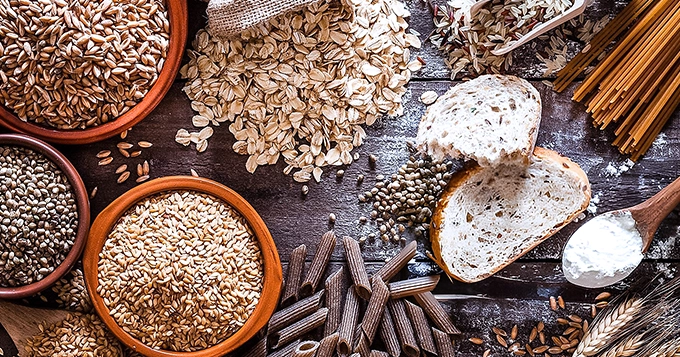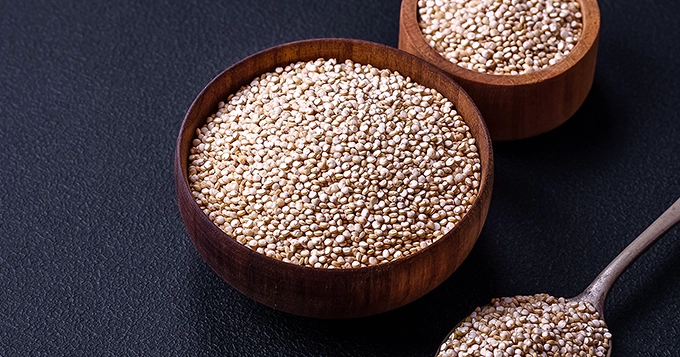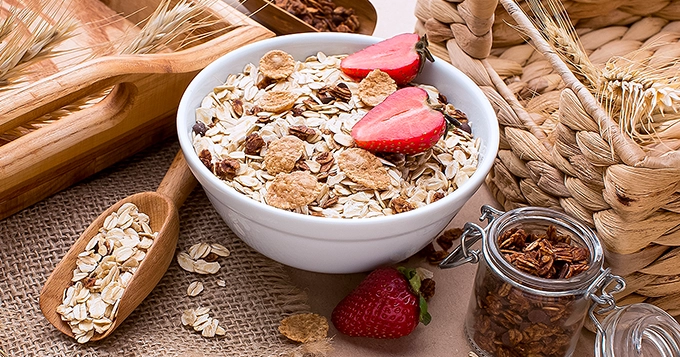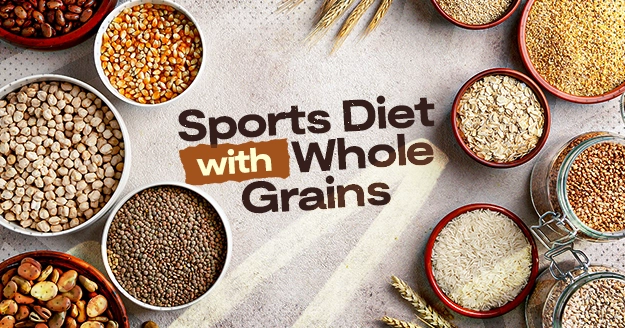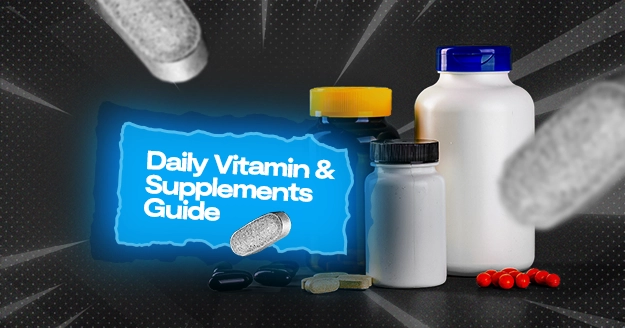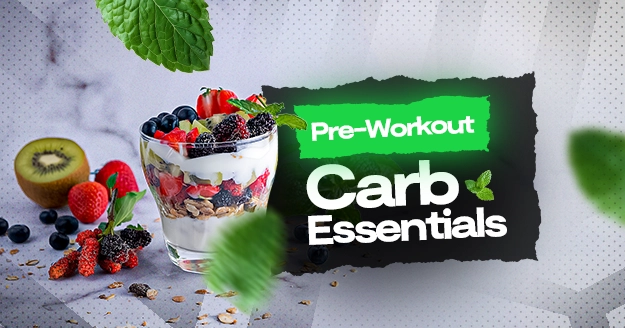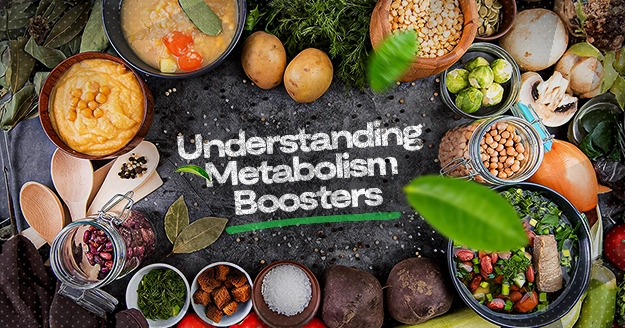What are whole grains?
Grains refer to the seeds of grass-like plants known as cereals, with common examples such as corn, rice, and wheat. Additionally, certain seeds from non-grass plants, referred to as pseudocereals, are classified as whole grains, including buckwheat, quinoa, and amaranth.
Whole grain kernels have all three parts: bran, germ, and endosperm.
- Bran refers to the tough outer layer of the seed, containing the majority of the seed’s fiber, as well as essential vitamins and minerals.
- The germ is what sprouts into a new plant. It is rich in vitamins, beneficial fats, and various natural nutrients derived from plants.
- The endosperm, predominantly composed of starches, serves as the seed’s primary energy source. It contains modest quantities of proteins, fiber and vitamins.
Grains can be rolled, crushed, or cracked, yet they are still considered whole grains as long as the three parts listed above are present in their original proportions.
Nutrients of whole grains
- Fiber.
- Vitamin A.
- Vitamin B-1, also called thiamin.
- Vitamin B-2, also called riboflavin.
- Vitamin B-3, also called niacin.
- Vitamin B-6, also called pyridoxine.
- Vitamin B-9, also called folate.
- Vitamin E.
- Minerals, such as zinc, iron, phosphorus, selenium, magnesium, and manganese.
- Protein.
- Carbohydrate.
- Antioxidants, such as phytic acid, ferulic acid, lignans, and sulfur compounds.
- Plant compounds, such as stanols, polyphenols, and sterols.
Benefits of whole grains
Lowers risk of heart disease
Eating whole grains could help lower your risk of heart disease, which is a major cause of death worldwide.
A review of 10 studies found that having three daily servings of one ounce (28 grams) of whole grains may reduce the risk of heart disease by 22%.
Similarly, a 10-year study involving 17,424 adults showed that those who ate more whole grains in relation to their total carb intake had a 47% lower risk of heart disease.
While most studies combine different types of whole grains, it’s known that whole-grain breads, cereals, and added bran can reduce your risk of heart issues.
Lower your risk of type II diabetes
Consuming whole grains was linked to an 11% lower risk of type 2 diabetes for men and a 7% lower risk for women per each daily serving of whole grains (equivalent to 16 grams).
For men, eating any type of whole-grain cereal studied (wheat, rye, oats) was linked to a lower risk of type 2 diabetes. Among women, the intake of wheat and oats showed a significant association. When it comes to specific whole-grain products, both men and women benefited from a lower risk of type 2 diabetes by consuming rye bread, whole-grain bread, and oatmeal/muesli.
Lower your risk of stroke
Including whole grains in your diet may also contribute to a reduced risk of stroke.
A review of 6 studies involving nearly 250,000 individuals found that those with the highest whole grain intake had a 14% lower risk of stroke compared to those consuming the least.
Moreover, specific components found in whole grains, like fiber, vitamin K, and antioxidants, have been associated with a decreased risk of stroke.
Reduce your risk of obesity
Consuming foods with high fiber content can help prevent excessive eating and promote a feeling of fullness, making diets rich in fiber advisable for weight loss.
A review of 15 studies encompassing almost 120,000 participants revealed that the intake of three daily servings of whole grains was linked to decreased abdominal fat and a lower body mass index (BMI).
Similarly, another study reviewing research spanning from 1965 to 2010 found that the inclusion of whole-grain cereal and cereal with added bran was linked to a modestly decreased risk of obesity.
Support healthy digestion
Whole grains are excellent sources of dietary fiber. Fiber is needed for maintaining regular bowel movements and preventing constipation. It adds bulk to your stool, which makes it easier for it to pass through the digestive system.
Whole grains contain natural enzymes that aid in the breakdown of complex carbohydrates into simpler sugars. This process facilitates the absorption of nutrients in the digestive tract.
Whole grains are also a source of prebiotics, non-digestible fibers that act as nourishment for gut bacteria. These bacteria contribute to enhanced digestion and overall well-being.
Reduce chronic inflammation
In a published study in 2022, data from over 4,000 adults were analyzed to investigate the impact of the source of dietary fiber (cereals, fruits, vegetables) on markers of inflammation. The findings indicated that cereal fiber derived from whole grains was associated with significantly lower markers of inflammation compared to fiber from fruits or vegetables.
The fiber in whole grains helps with detoxification and keeps the gut healthy, which is important for a strong immune system and for managing inflammation.
Whole grain can be beneficial for athletes in managing inflammation associated with intense training.
Fuel for athletes
Whole grains are essential in a sports diet due to their rich, complex carbohydrates. This provides a sustained source of energy for athletes engaged in endurance activities.
Following intense exercise or training, the body’s glycogen stores, which are the stored form of glucose in your muscles and liver, may be depleted. Whole grains can assist in replenishing these glycogen stores, promoting recovery for future training sessions or competitions.
Additionally, the nutrient density of whole grains provides vital vitamins, minerals, and antioxidants necessary for overall health and optimal athletic performance.
Consulting with a sports nutritionist or registered dietitian can further tailor dietary choices to individual goals and requirements.
Which whole grain products could you add to your diet to become healthier?
What whole grain products, if any, do you already include in your diet? Check your pantry; you might have the following best whole grain foods available already:
- Whole Wheat Bread
- Brown Rice
- Quinoa
- Oats
- Whole Wheat Pasta
- Barley
- Bulgur
- Farro
- Millet
- Whole Grain Cereals
- Whole Wheat Flour
- Popcorn
Read food labels
Make sure to read the labels before you buy your whole grain products since some can be misleading. Use this guide to help you understand food labeling better.
Words you may see on packages that mean they DO contain all parts of the grain.
- whole grain [name of grain]
- whole wheat
- whole [other grain]
- stoneground whole [grain]
- brown rice
- oats, oatmeal, old-fashioned oatmeal, instant oatmeal
- wheatberries
Words you may see on packages that mean they MAY contain all parts of the grain.
- wheat
- semolina
- durum wheat
- organic flour
- stoneground
- multigrain
Terms like “wheat,” “durum,” and “multigrain” can be present in quality whole-grain foods as well. However, the presence of these words alone does not ensure that a product is made from whole grains. It’s better to just look for the word “whole.”
Words you may see on packages that mean they DON’T contain all parts of the grain.
- enriched flour
- wheat flour
- degerminated (on corn meal)
- bran
- wheat germ
What whole grain foods are WIC-eligible?
In December 2007, the USDA introduced updated rules for the WIC (Women, Infants, and Children) program, incorporating whole grains into the federally subsidized food package. These rules took effect on October 1, 2009.
When determining which WIC whole grains products can be purchased with WIC vouchers, it’s important to note that specific products may vary by state, but federal rules outline the types of whole grains that can be considered.
In summary, whole grains that might be eligible for inclusion in state WIC programs include:
a. 100% whole wheat breads that meet the FDA standard for whole wheat bread.
b. Other whole grain breads qualifying for the FDA whole grain health claim (the first ingredient being a whole grain).
c. Breakfast cereals meeting the FDA whole grain health claim (the first ingredient being a whole grain, and adhering to requirements for iron and limited sugar).
d. Brown rice, bulgur, oats, and whole-grain barley with no added fats or oils.
e. Wheat and soft-corn tortillas, where the first ingredient is whole wheat or whole corn.
How to incorporate whole grains in your regular diet
Incorporating whole grains into your diet can be both delicious and nutritious. Here are some tips to help you add whole grains to your meals:
Start with Breakfast:
- Enjoy oatmeal topped with fruits, nuts, and a drizzle of honey.
- Try whole-grain cereal with milk or yogurt.
Upgrade Your Sandwiches:
- Use whole-grain bread for sandwiches.
- Try wraps made from whole-grain tortillas.
Explore Ancient Grains:
- Experiment with quinoa, farro, bulgur, or barley in salads, soups, or as side dishes.
Substitute Whole Wheat Flour:
- Use whole wheat flour in recipes that call for flour, such as pancakes, muffins, and baked goods.
Snack Smart:
- Choose whole-grain snacks like popcorn, whole-grain crackers, or whole-wheat pretzels.
- Make your own trail mix with nuts, dried fruits, and whole-grain cereal.
Add Whole Grains to Salads:
- Mix quinoa or brown rice into salads for added texture and nutrients.
Try Whole Grain Pasta:
- Instead of regular pasta, try whole wheat pasta for regular pasta.
Mix into Soups and Stews:
- Add barley, brown rice, or farro to soups and stews to enhance nutritional value.
Snack on Rice Cakes:
- Choose whole-grain rice cakes with nut butter or hummus as toppings.
Experiment with Whole Grain Sides:
- Serve dishes like pilaf or risotto using whole grains like bulgur or quinoa.
Bake with Whole Grains:
- Incorporate whole grains into your baking by using whole wheat flour or adding oats to recipes.
Gradual Changes:
- If you’re new to whole grains, make gradual substitutions to allow your taste buds to adjust.
